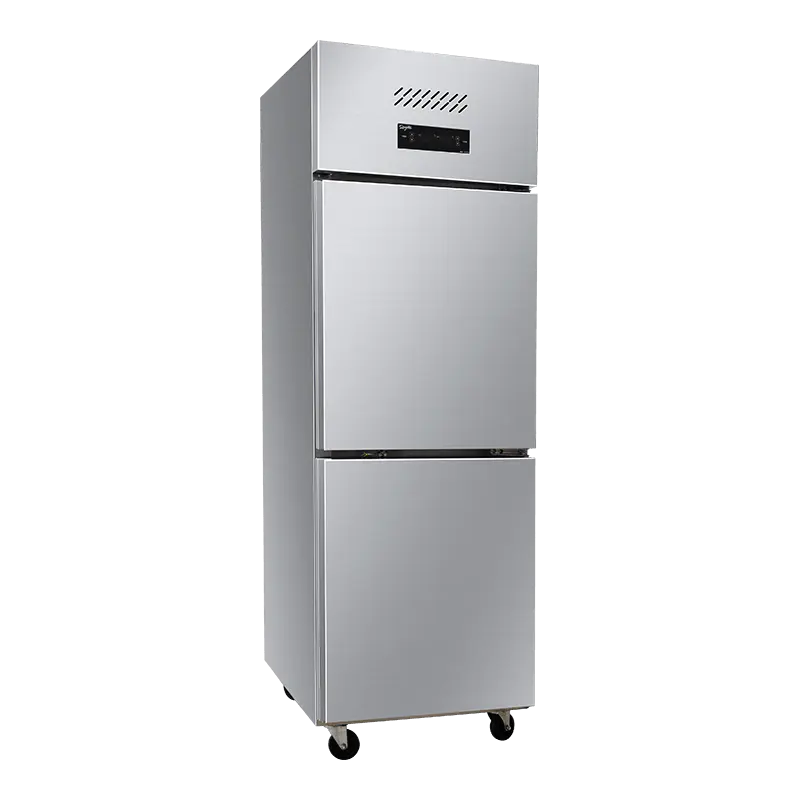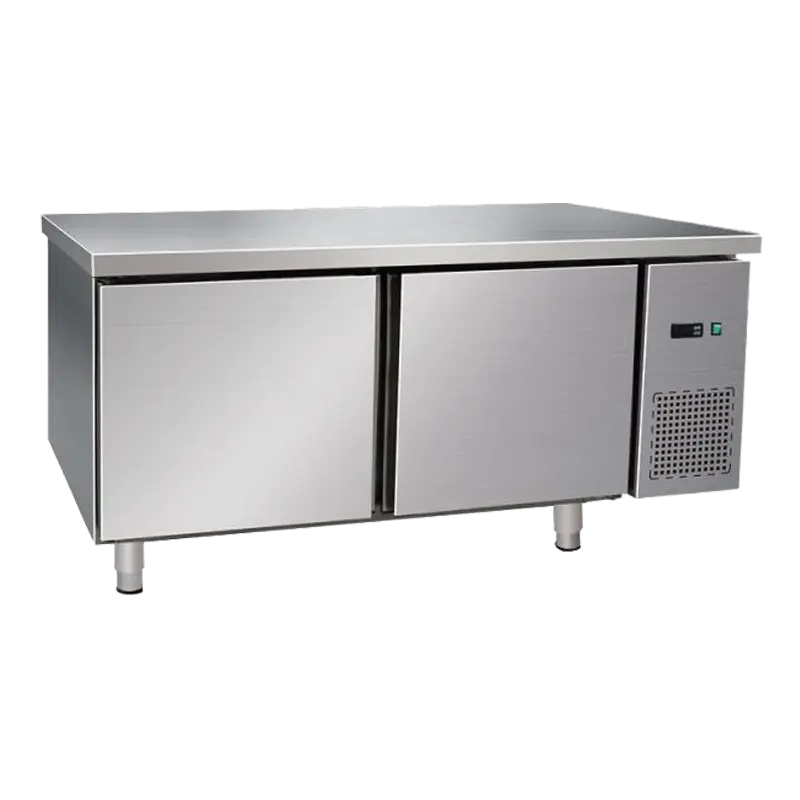Introduction to Carbon Dioxide Refrigerant
Carbon dioxide (CO₂, R-744) refrigerant has gained popularity in recent years due to its low environmental impact and high energy efficiency. As a natural refrigerant, CO₂ does not contribute to ozone depletion and has a negligible global warming potential (GWP) compared to synthetic refrigerants like HFCs.
Properties of CO₂ Refrigerant
CO₂ refrigerant possesses unique thermodynamic properties that make it suitable for various refrigeration applications:
- Critical temperature of 31.1°C, requiring transcritical operation in warm climates.
- High volumetric cooling capacity, allowing smaller pipe diameters and compact system designs.
- Non-flammable and non-toxic under standard operating conditions, ensuring safety in commercial use.
- Environmentally friendly with a GWP of 1 and zero ozone depletion potential (ODP).
Applications of CO₂ Refrigerant
CO₂ refrigerant is widely applied in various industries due to its efficiency and environmental advantages:
- Supermarket refrigeration systems, including display cases and cold storage rooms.
- Heat pump systems for residential and commercial heating.
- Industrial processes requiring low- or medium-temperature refrigeration.
- Transport refrigeration for perishable goods and cold chain logistics.
Energy Efficiency and Performance
CO₂ systems are highly efficient, particularly in cooler climates, due to their unique transcritical and subcritical cycles. Performance can be optimized through advanced control strategies and proper component selection:
- Use of gas coolers instead of conventional condensers for transcritical systems.
- Integration of ejector technology to improve energy efficiency during high ambient conditions.
- Variable-speed compressors to adapt to load fluctuations and reduce energy consumption.
Safety Considerations
While CO₂ is non-toxic and non-flammable, certain safety precautions are necessary due to its high operating pressures:
- Ensure pressure relief valves and safety devices are installed and properly maintained.
- Train personnel on handling high-pressure refrigerants safely.
- Use compatible materials for piping and components to withstand high pressures.
Comparison with Other Refrigerants
CO₂ can replace traditional HFC or HCFC refrigerants in many systems. The following table highlights the key differences:
| Property | CO₂ (R-744) | R-134a | R-404A |
| GWP | 1 | 1430 | 3922 |
| ODP | 0 | 0 | 0 |
| Critical Temperature | 31.1°C | 101°C | 72°C |
| Flammability | Non-flammable | Non-flammable | Non-flammable |
Conclusion
CO₂ refrigerant offers a sustainable and efficient solution for modern refrigeration systems. Its environmental benefits, high volumetric capacity, and safety profile make it a practical choice for a wide range of applications, from commercial cooling to industrial processes.


 English
English русский
русский Español
Español عربى
عربى













